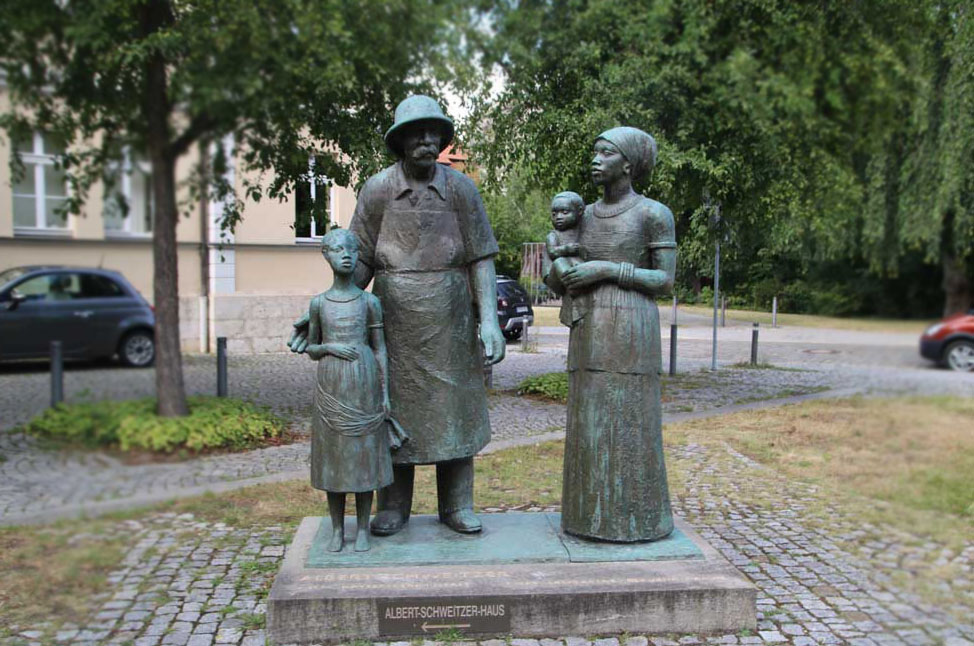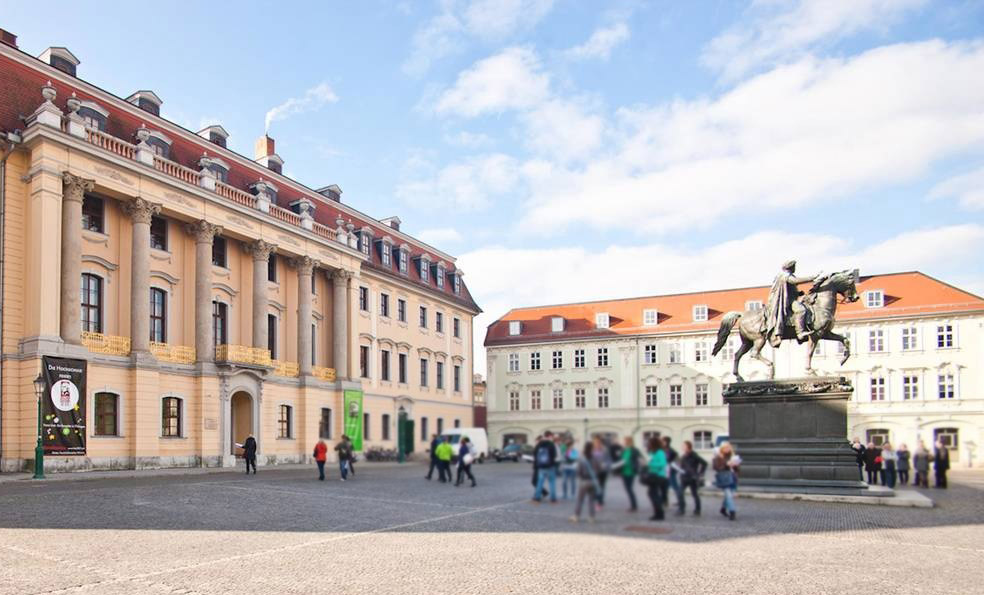Albert Schweitzer Denkmal Weimar
Audio Guide Albert Schweitzer Denkmal
Note the sculptural group. The figure of an elderly white man, next to an African teenager and a woman with a sick child in her arms. This is a monument to Albert Schweitzer, which was built in 1969.
Albert Schweitzer was a German-French Protestant missionary and theologian, philosopher, physician, musicologist and organist. He was born on 14 January 1875 in Kaisersberg, which at that time belonged to Germany (now a territory of France). Albert grew up in the family of a poor Lutheran pastor and spent his childhood in the village of Gunsbach in the Münster Valley.
In 1913 he made the decision to leave the successful career and comforts of Europe, travelling to Africa (Gabon) with his wife, nurse Hélène Breslau. With his own funds, he built a hospital in Lambarén, which became his main vocation and a platform for promoting humanist ideas. In 1928 he was awarded the Frankfurt Goethe Prize and in 1952 he won the Nobel Peace Prize. The funds from the latter prize were used by him to establish a leprosarium in Lambaren.
Albert Schweitzer continued his medical practice and the building of the hospital until the last days of his life, and also spoke out against nuclear testing. He passed away in 1965 in Lambarén. It should be noted that Albert Schweitzer has no direct connection to Weimar. The opening of a museum and monument to this great man in this recognised centre of German culture is of special significance.
Einstein said of him: "It is unlikely that I will ever meet another person in whom kindness and the pursuit of beauty complement each other so perfectly.
Other sights
-
Altenburg (Franz Liszt)

-
Atrium & ehemaliges Gauforum
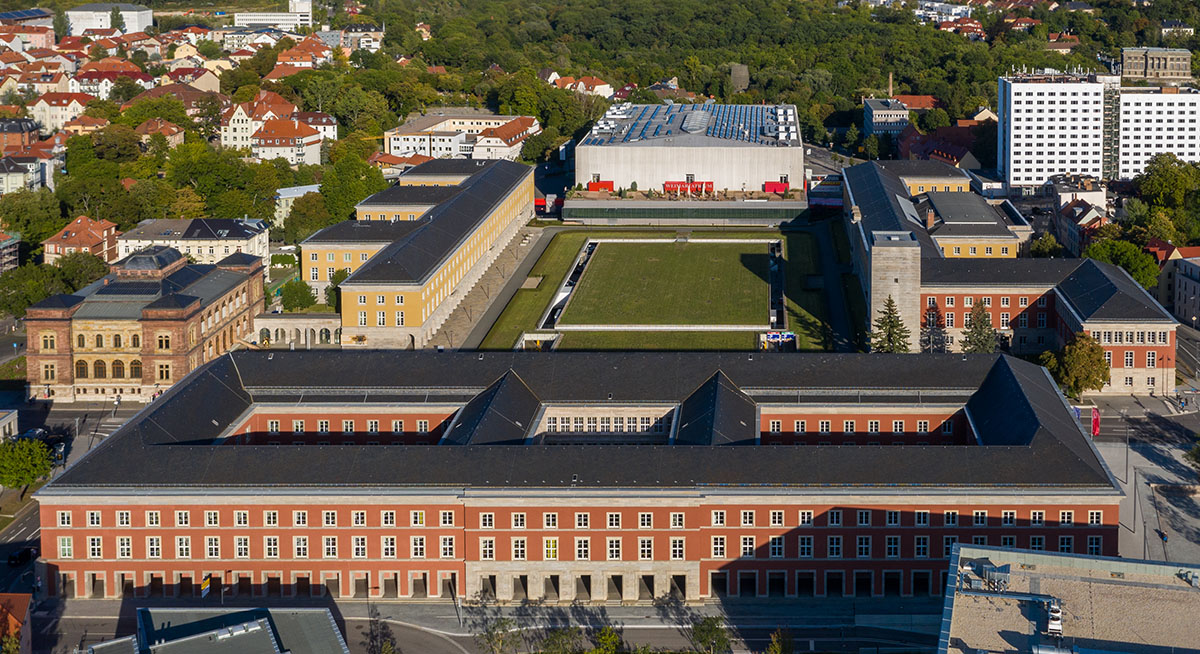
-
Bauhaus Universität (Henry van de Velde)
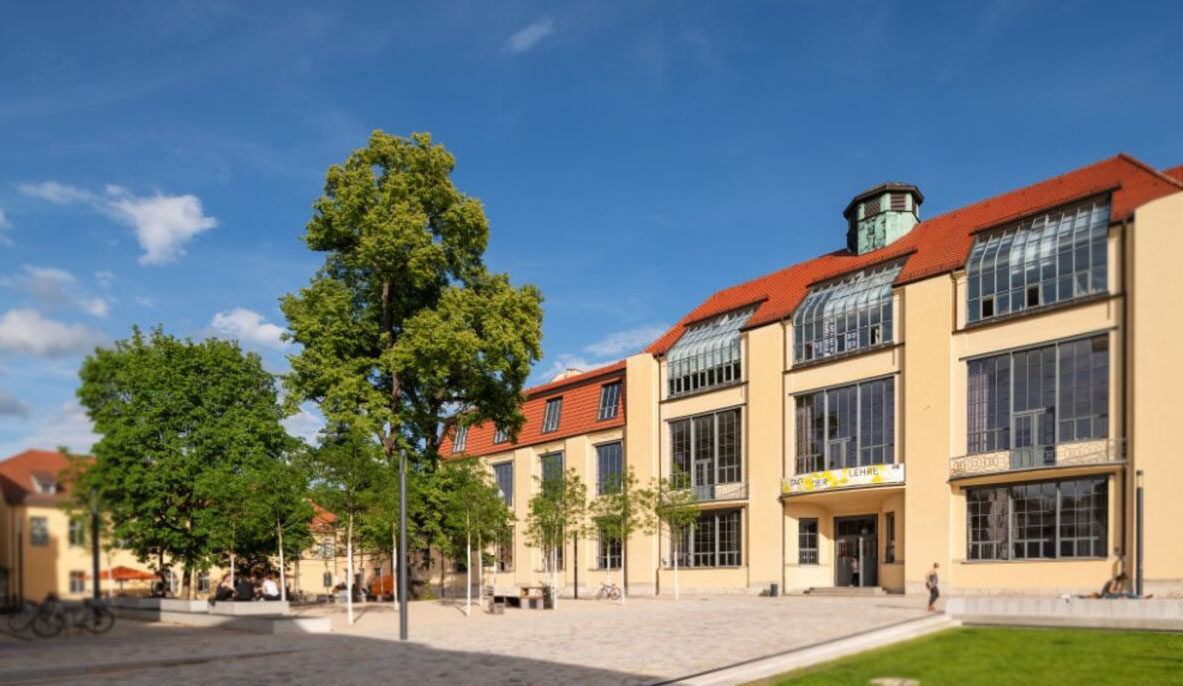
-
Bauhaus: Haus am Horn
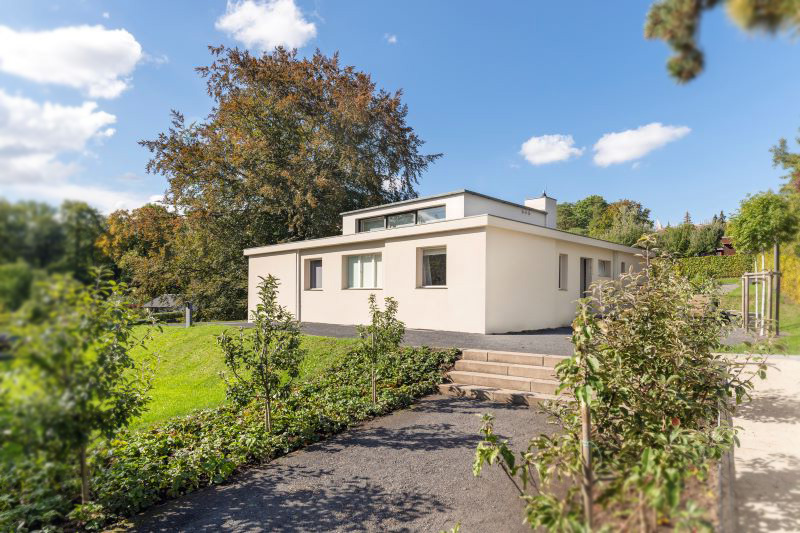
-
Carl Heinrich Ferdinand Streichhan-Kaserne
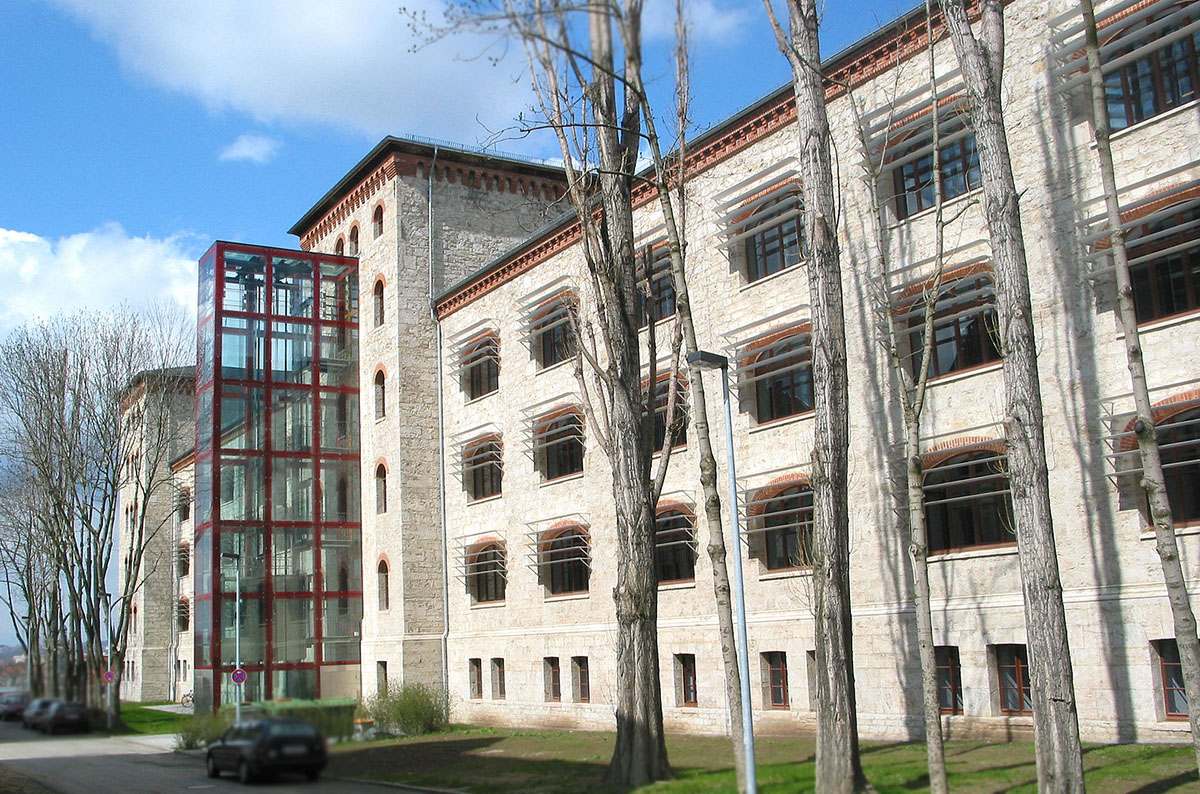
-
Cranachhaus
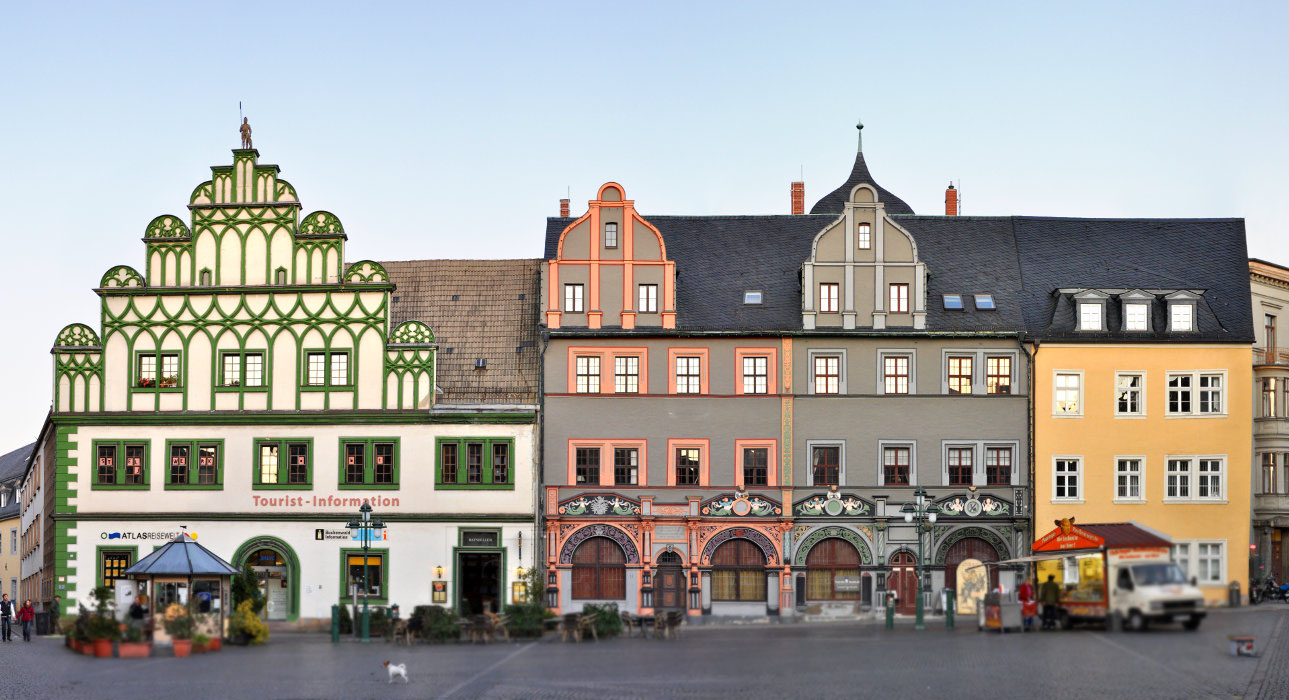
-
Denkmal Nepomuk Hummel
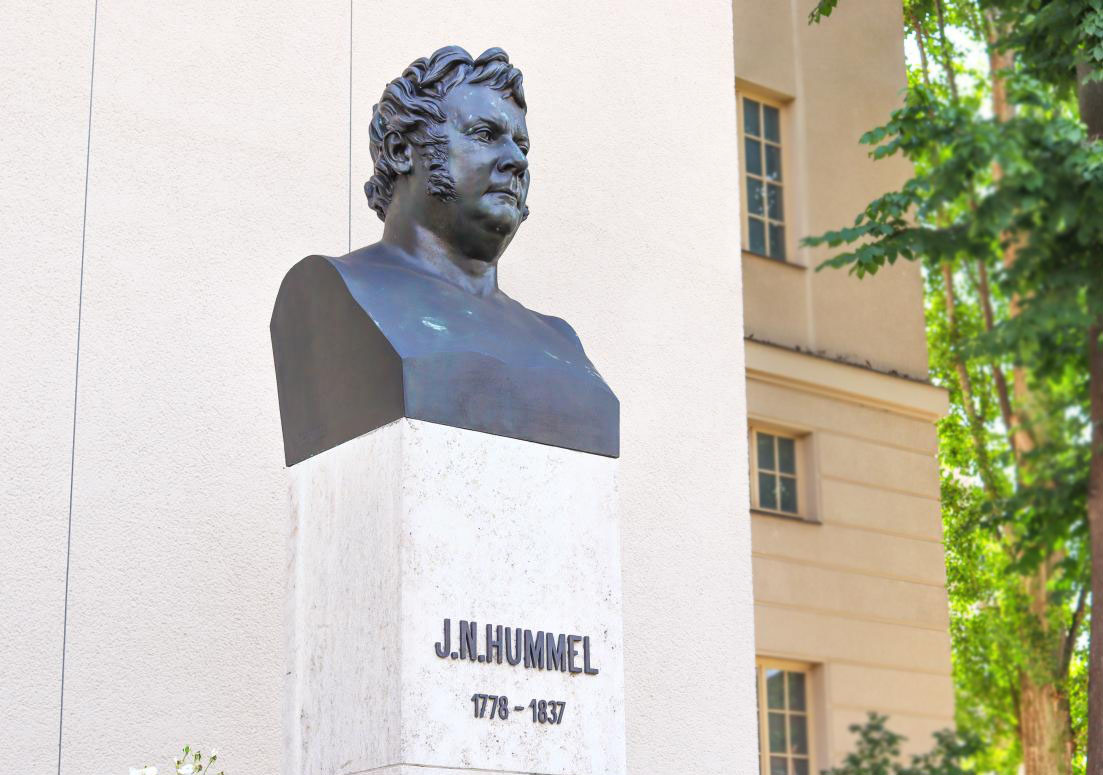
-
Denkmal Nepomuk Hummel und katholische Kirche
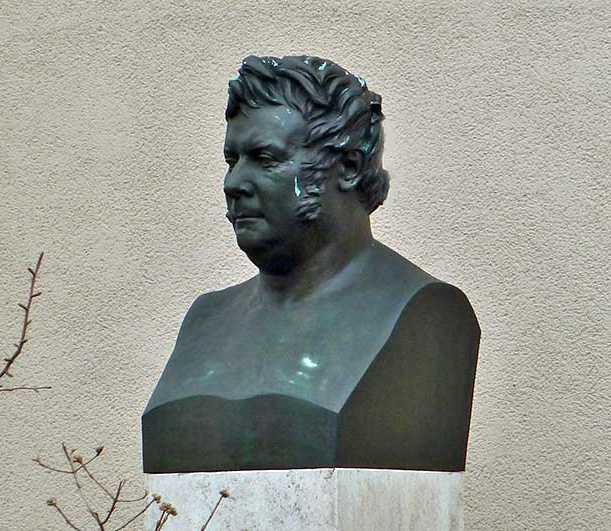
-
Deutsches Nationaltheater Goethe & Schiller Denkmal
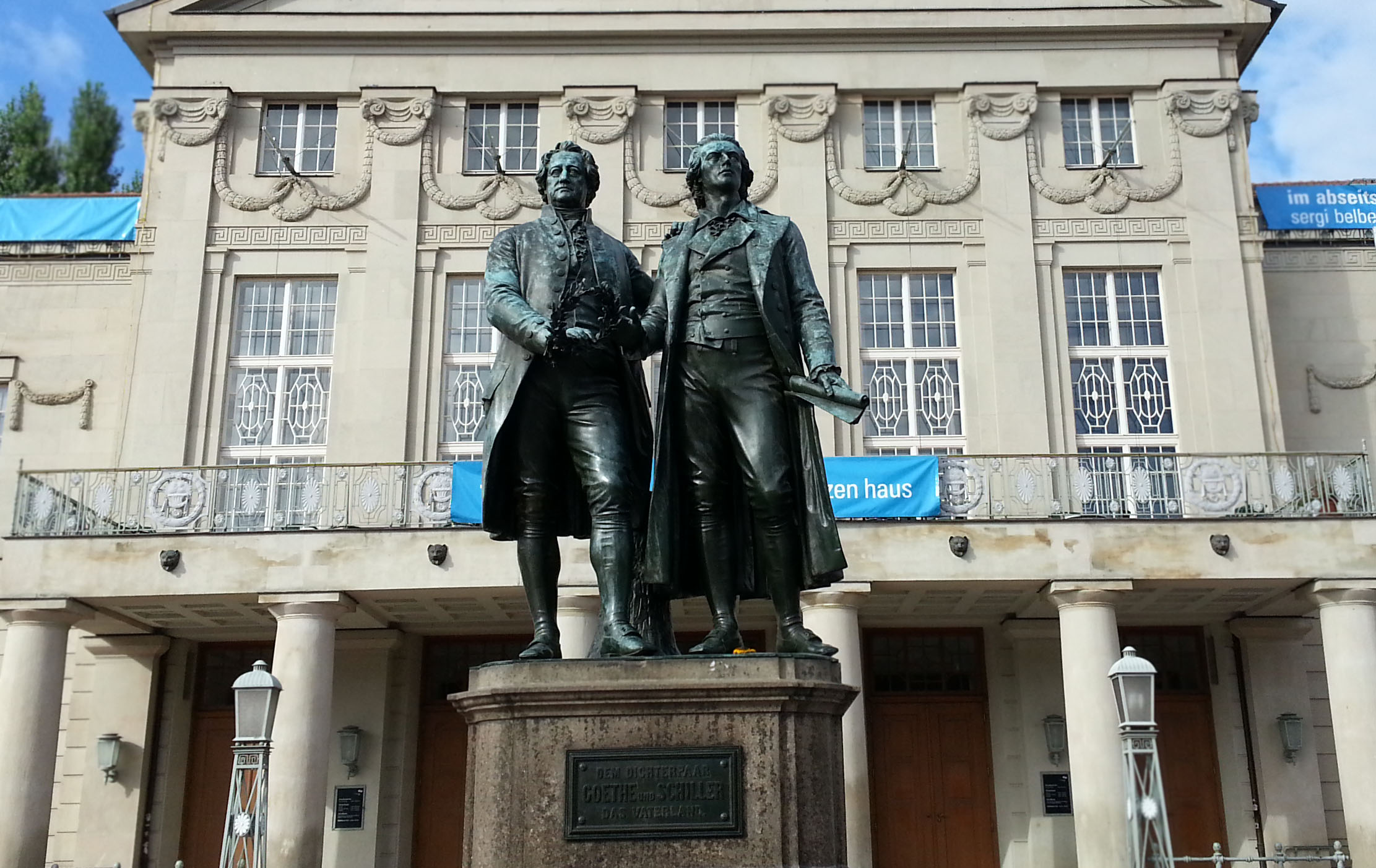
-
Ginkgobaum
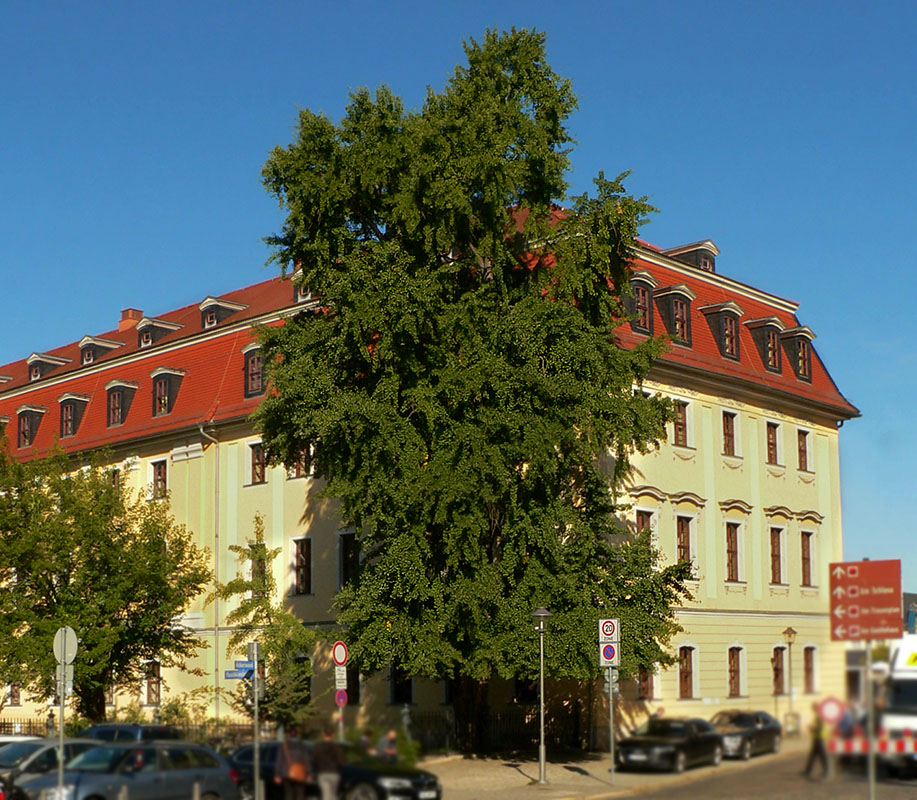
-
Goethe- & Schillerarchiv
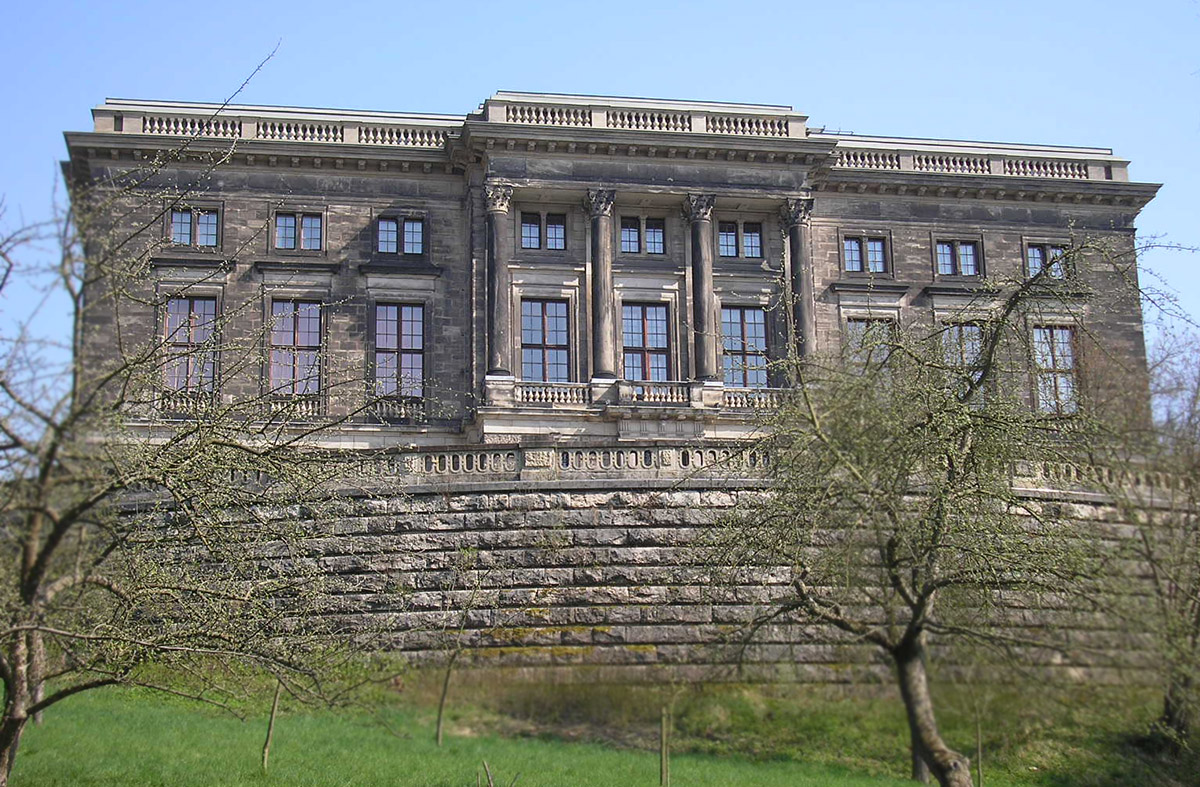
-
Goetheplatz mit Kasseturm & Stadtmauer

-
Goethes Wohnhaus
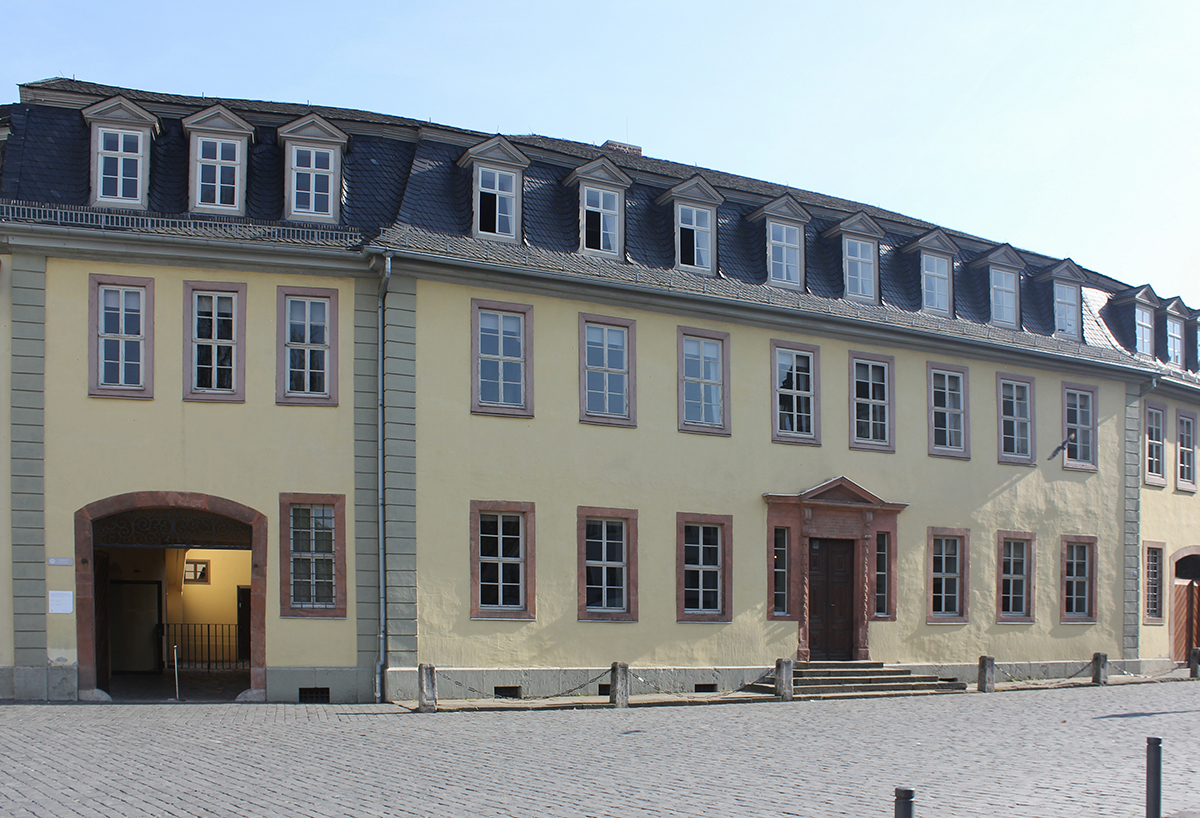
-
Haus am Horn
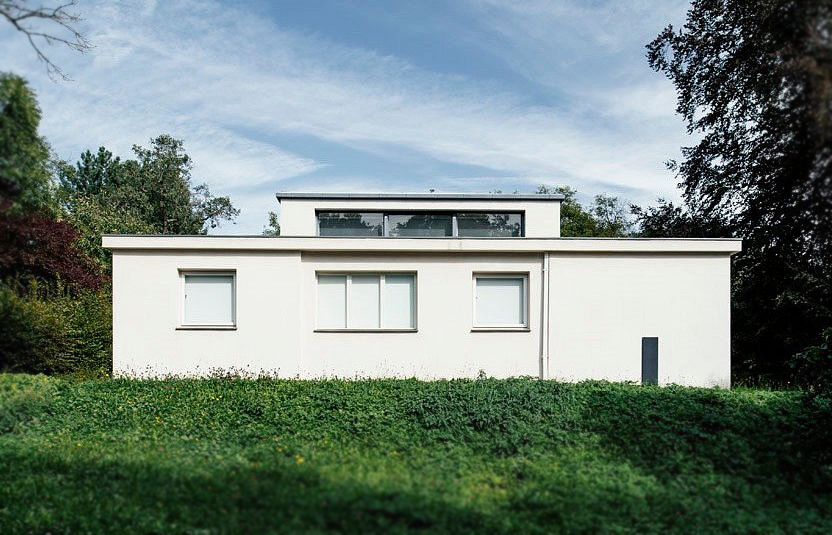
-
Haus der Charlotte von Stein
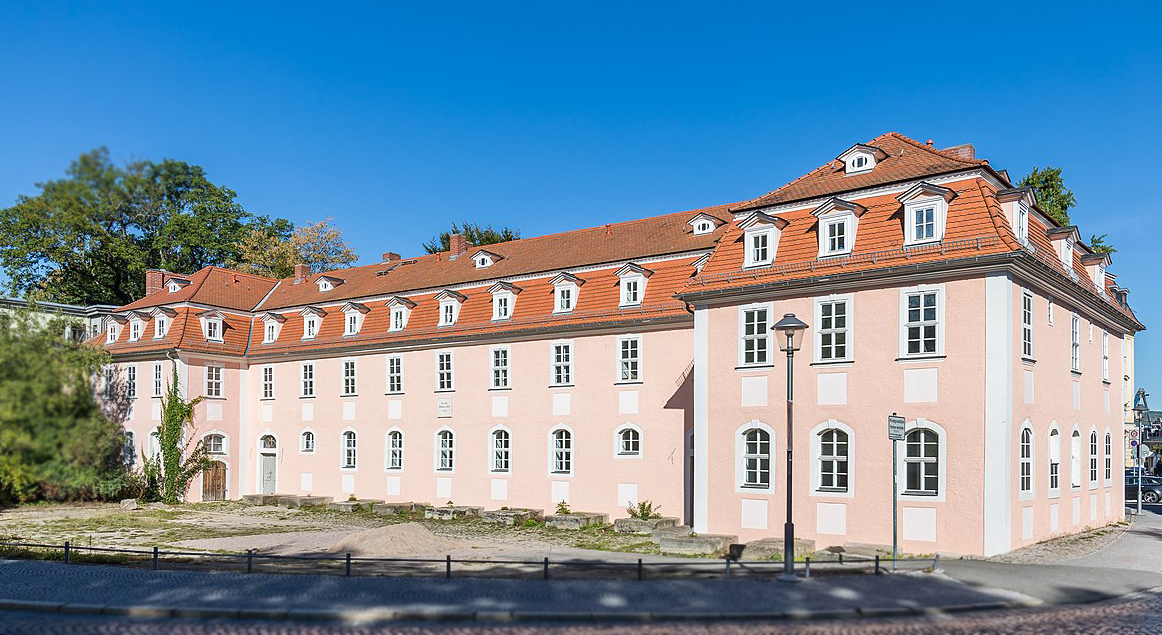
-
Herderplatz & Kirche St. Peter und Paul
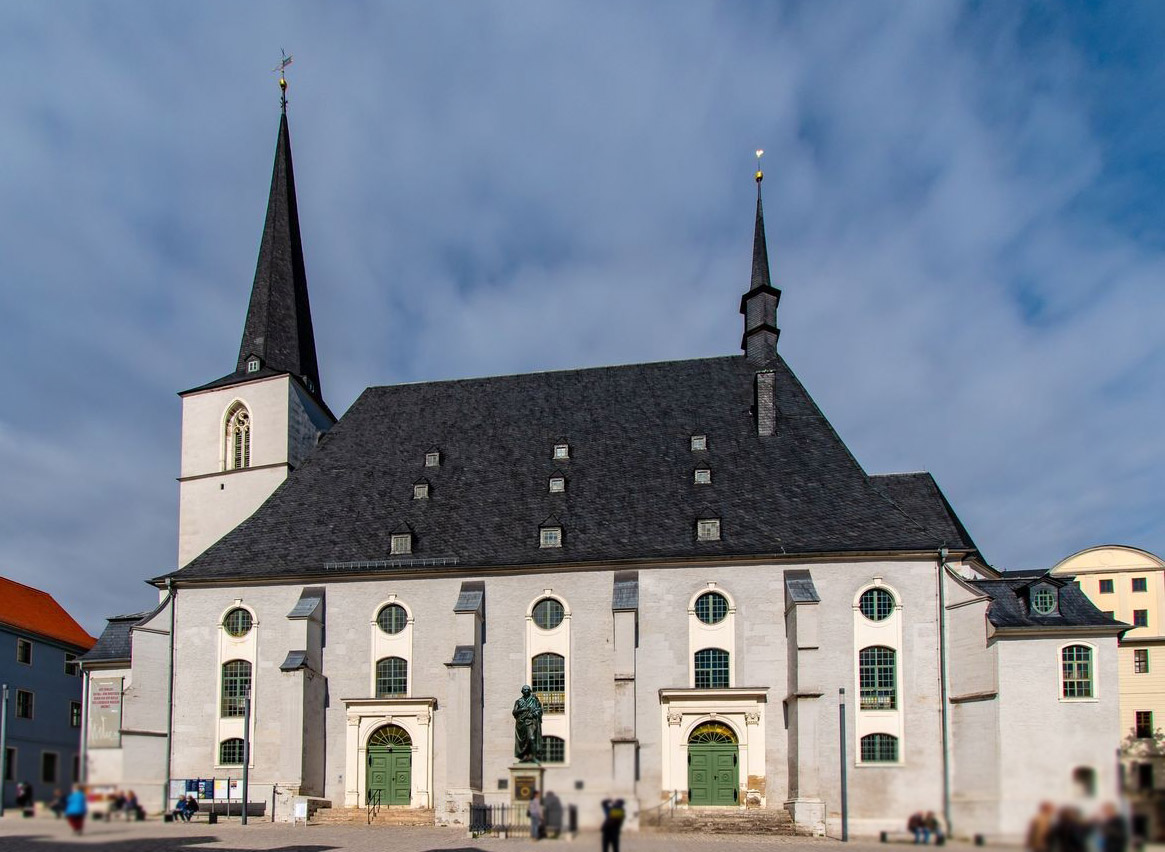
-
Herzogin Anna-Amalia-Bibliothek
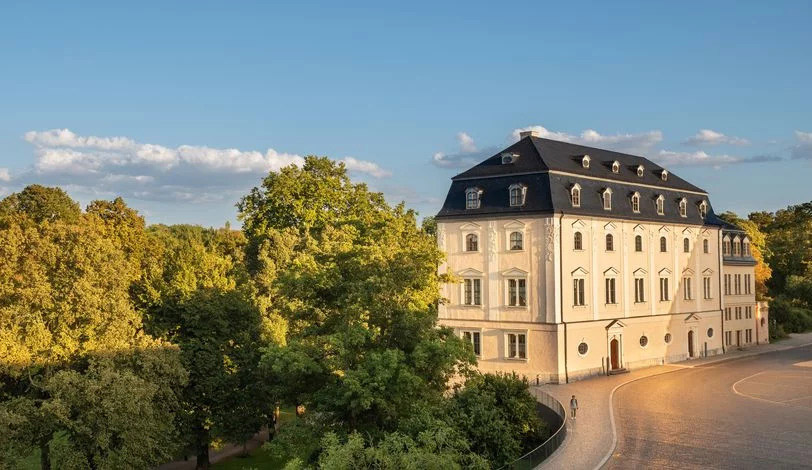
-
Historischer Friedhof
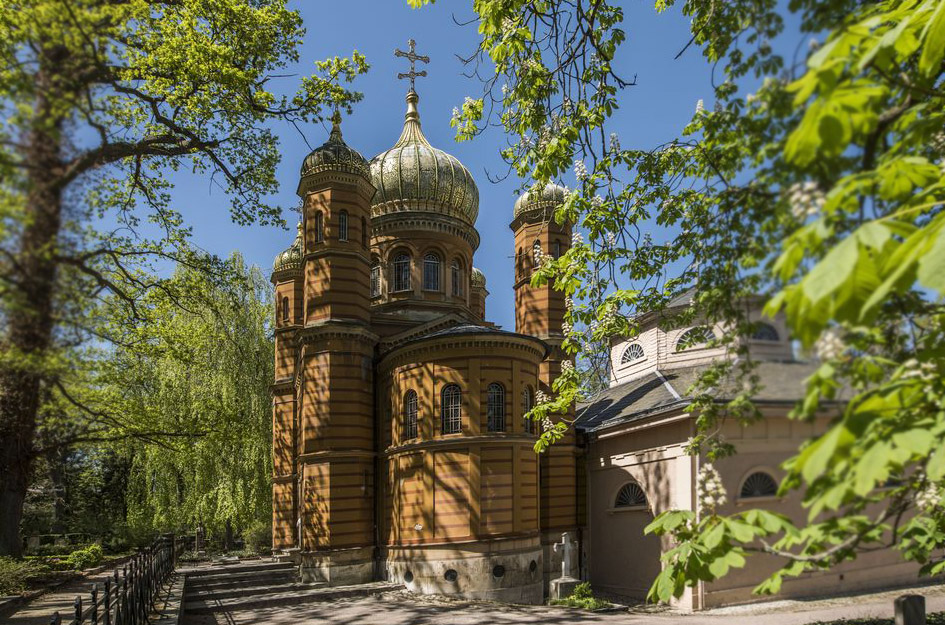
-
Hochschule für Musik Franz Liszt (Fürstenhaus)
-
J. G. Herder, Kirche St. Peter und Paul
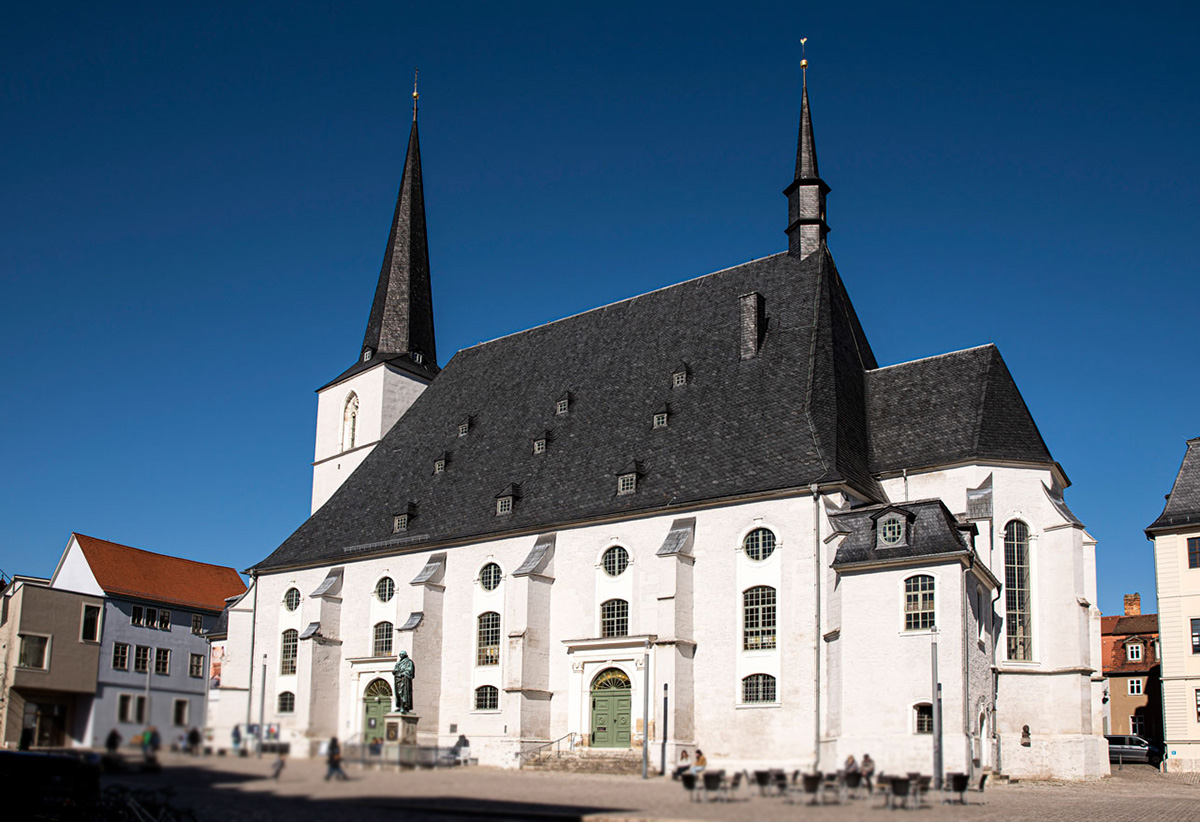
-
J. S. Bach in Weimar & Bachtafel
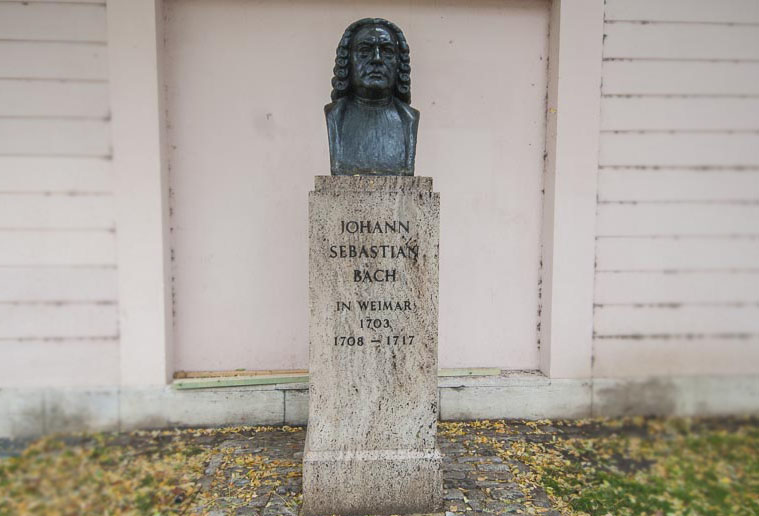
-
Katholische Kirche
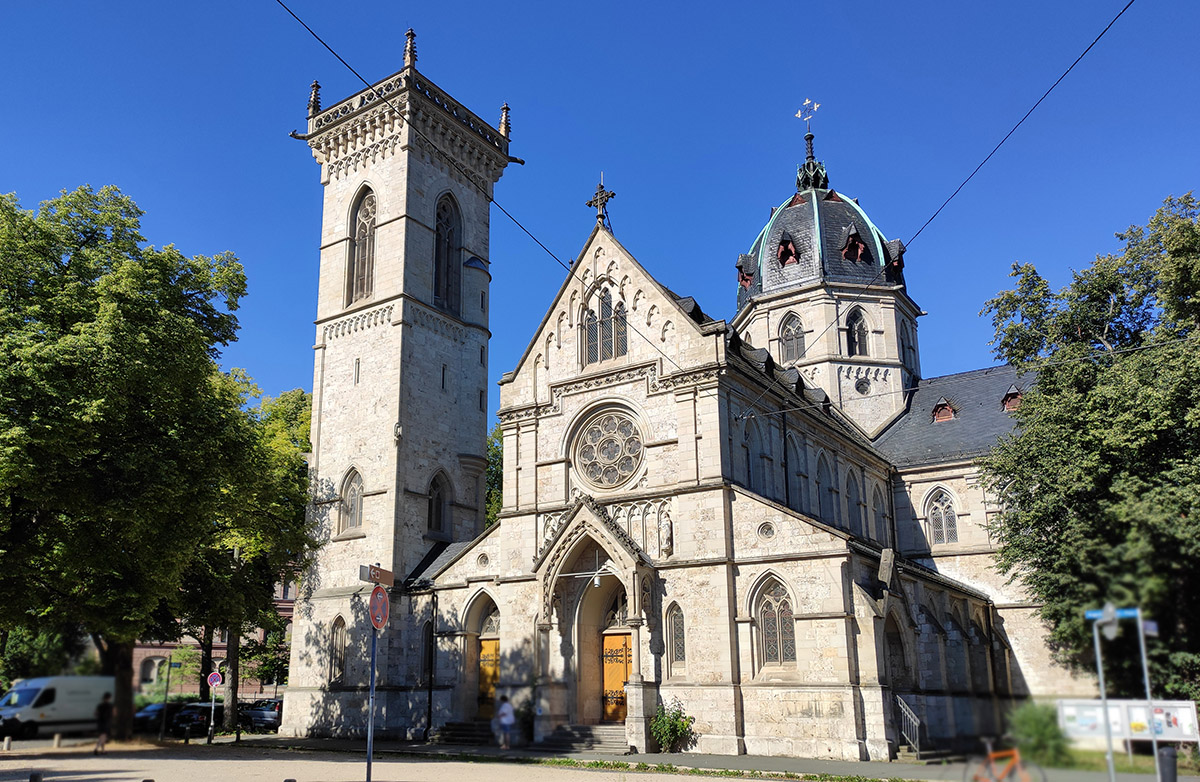
-
Landesmuseum
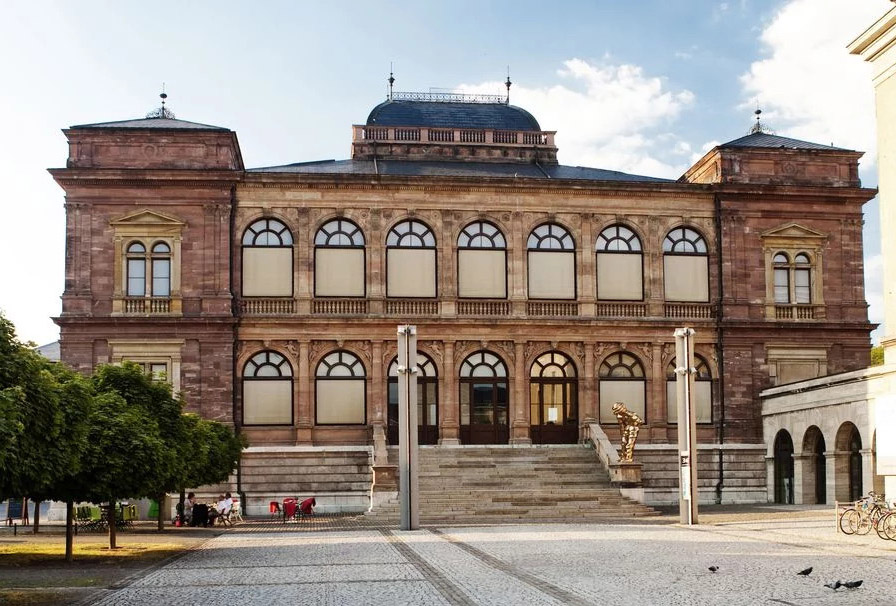
-
Liszthaus & Liszt in Weimar
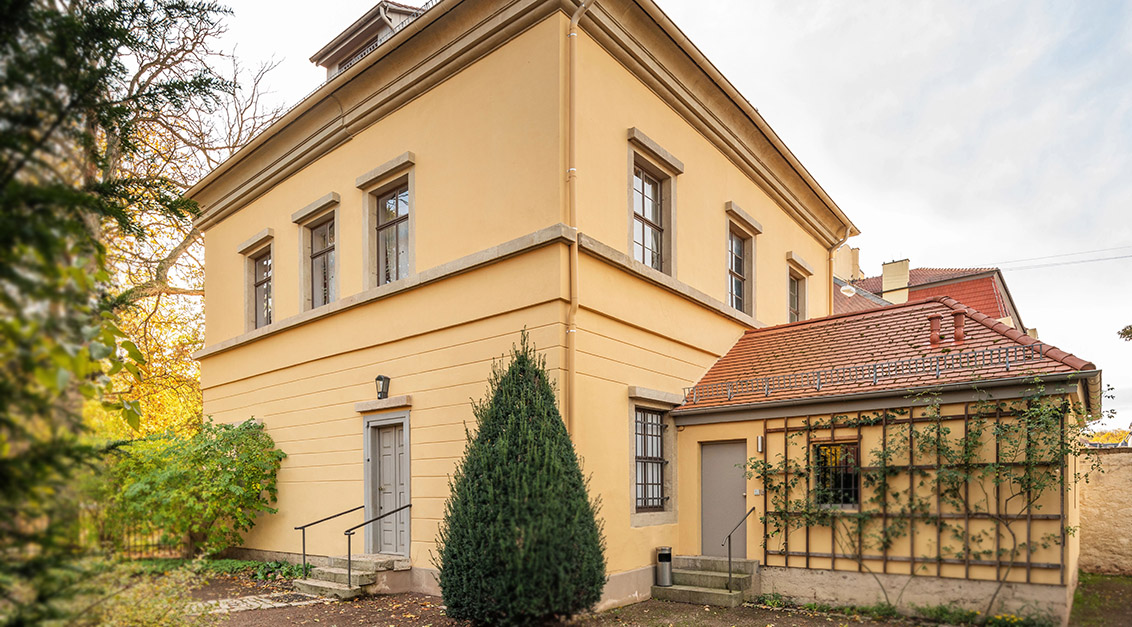
-
Markt
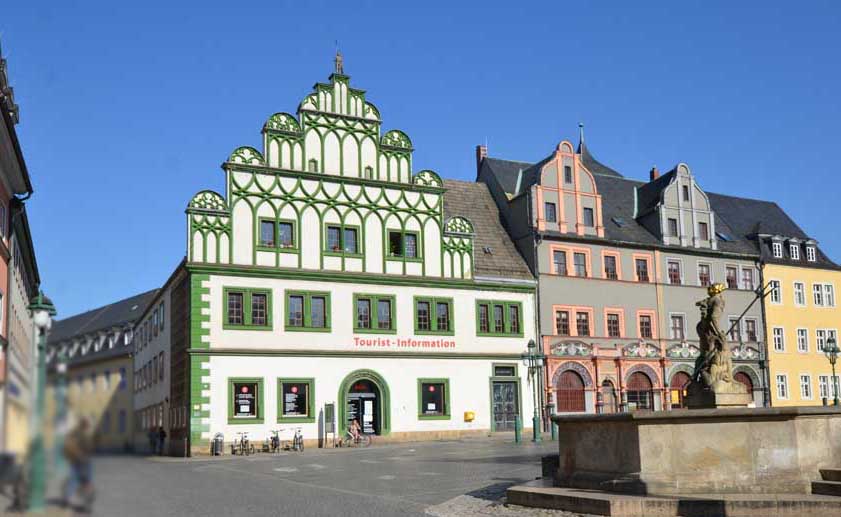
-
Marktplatz, J. S. Bach

-
Marktplatz, Rathaus, Cranachhaus
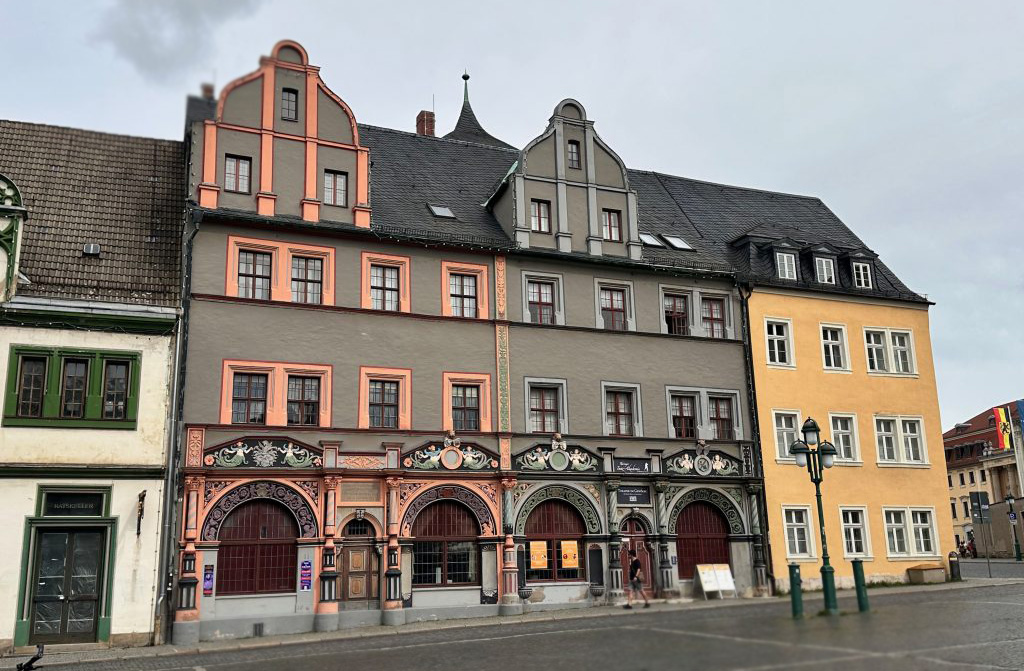
-
Marstall
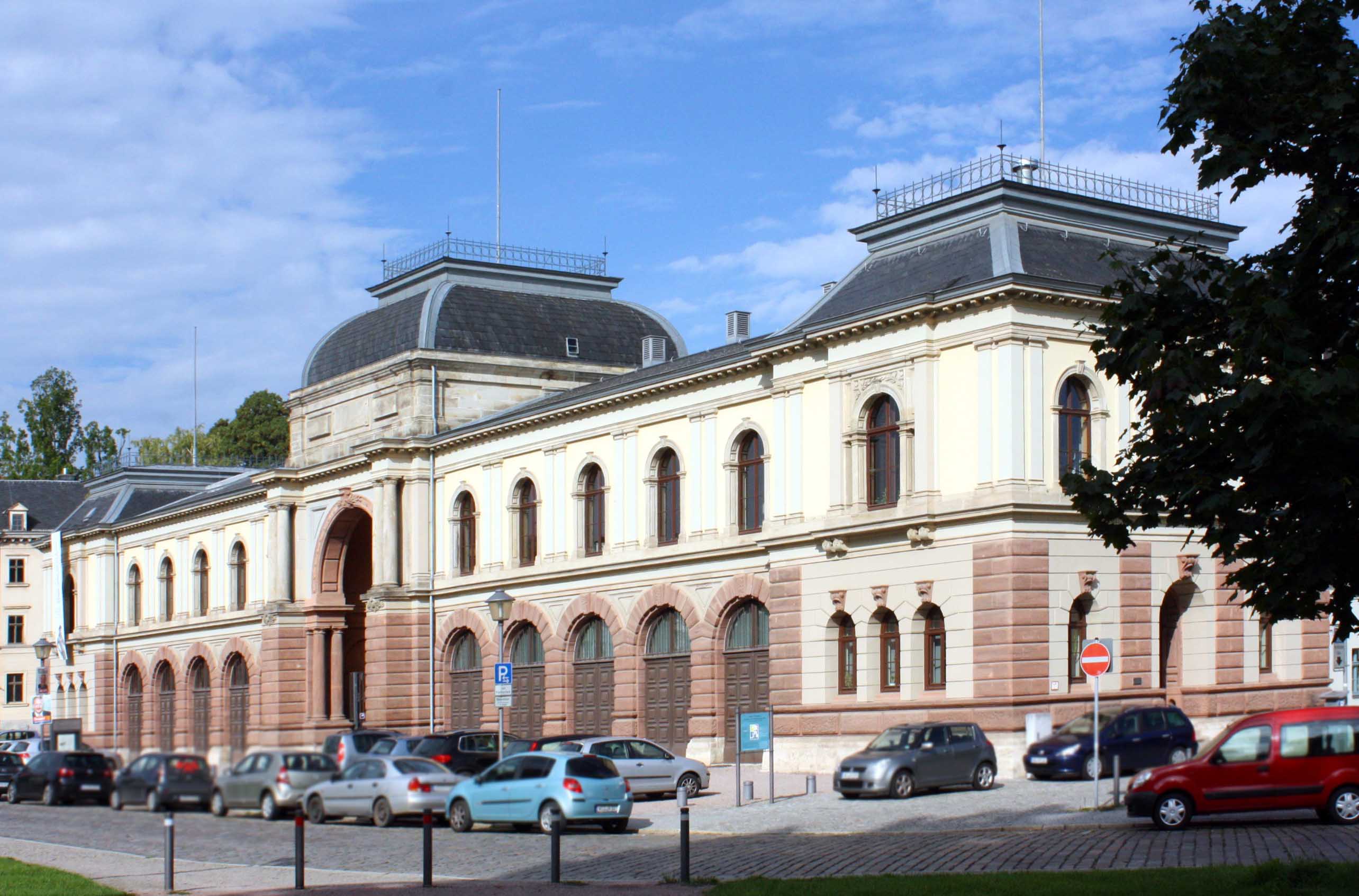
-
Modernes Weimar: Neues Bauen am Horn
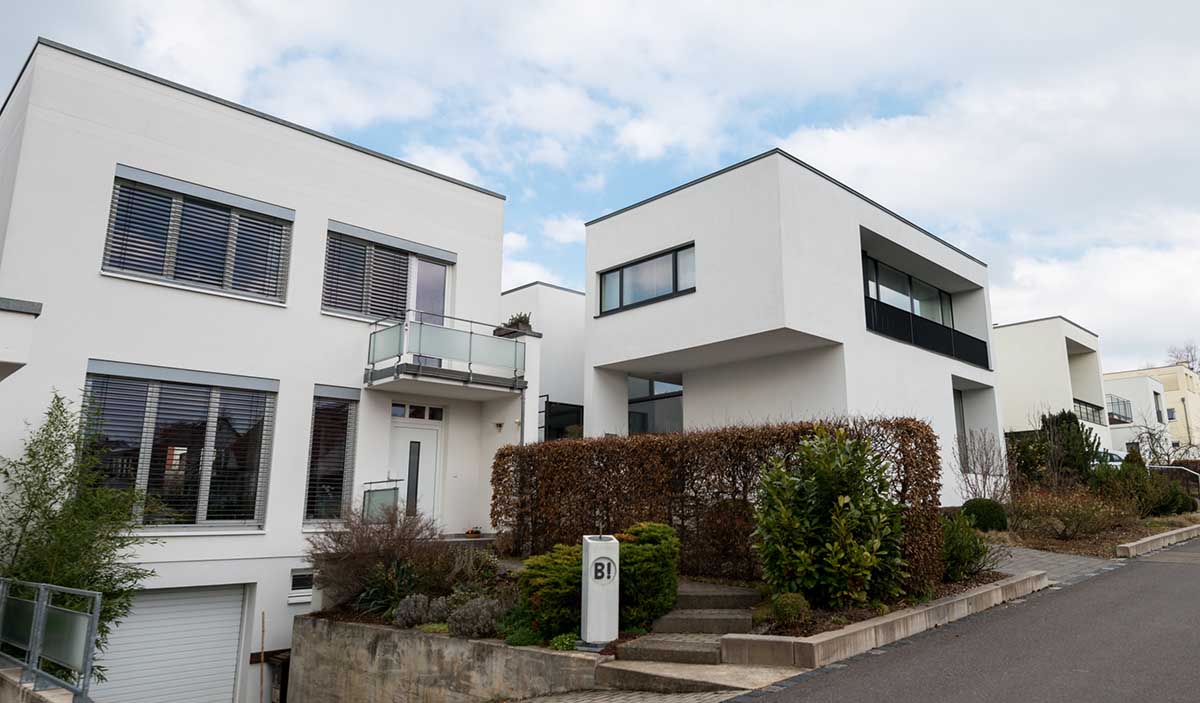
-
Neue Weimarhalle
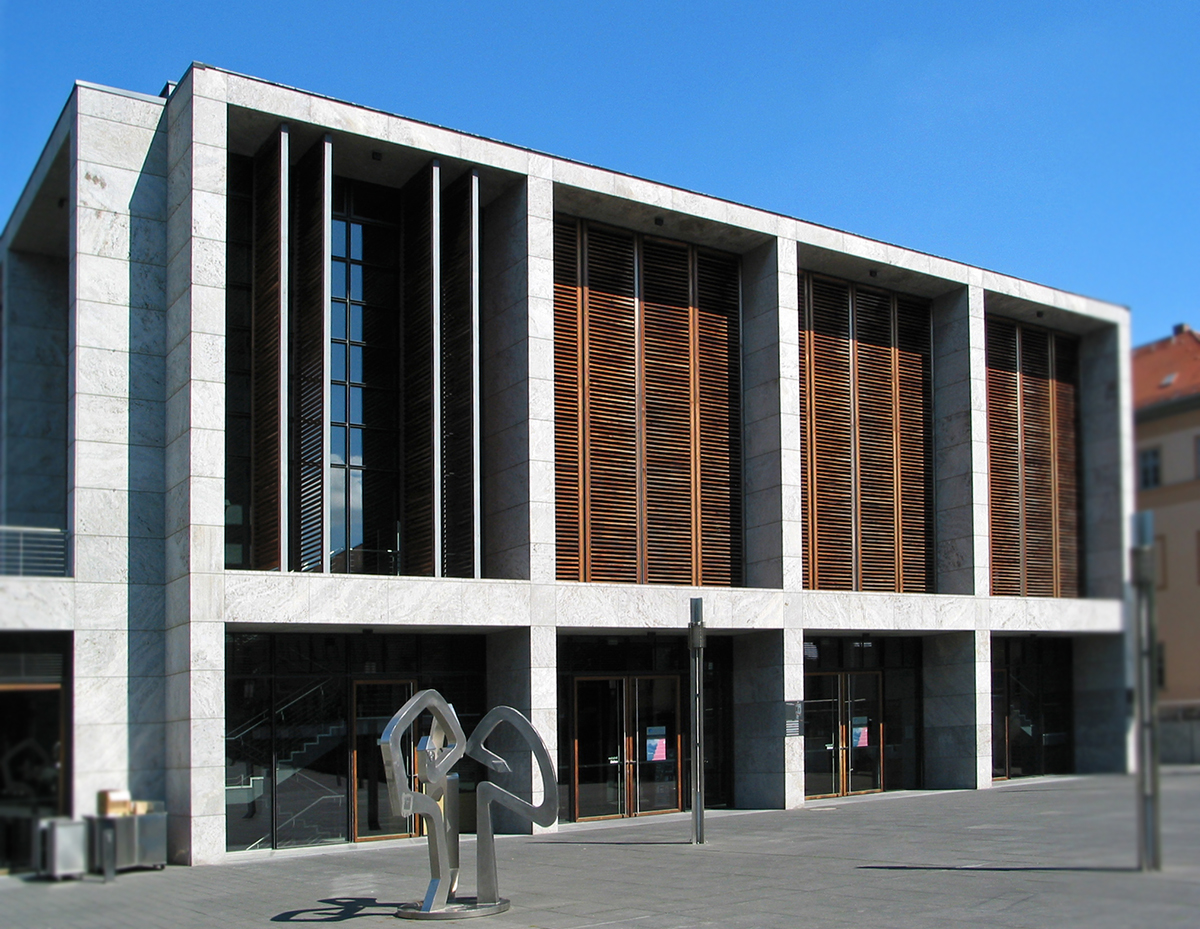
-
Neues Museum
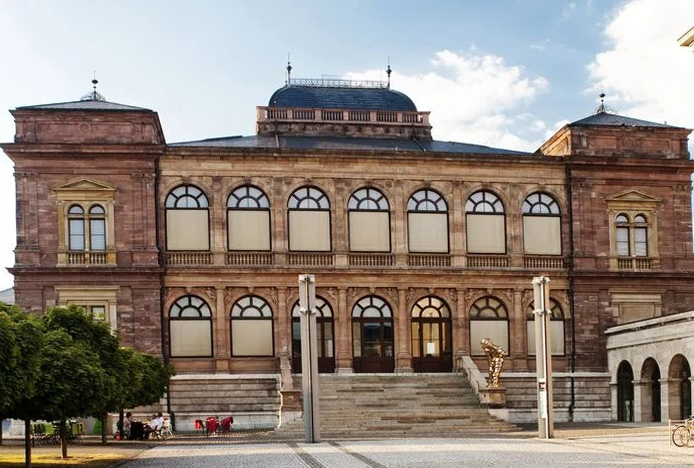
-
Parkhöhle

-
Platz der Demokratie (Fürstenplatz)
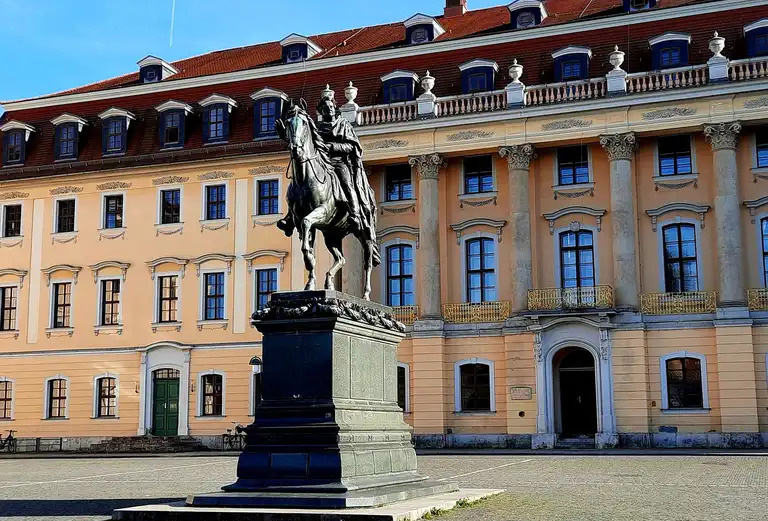
-
Platz der Demokratie, Anna Amalia Bibliothek
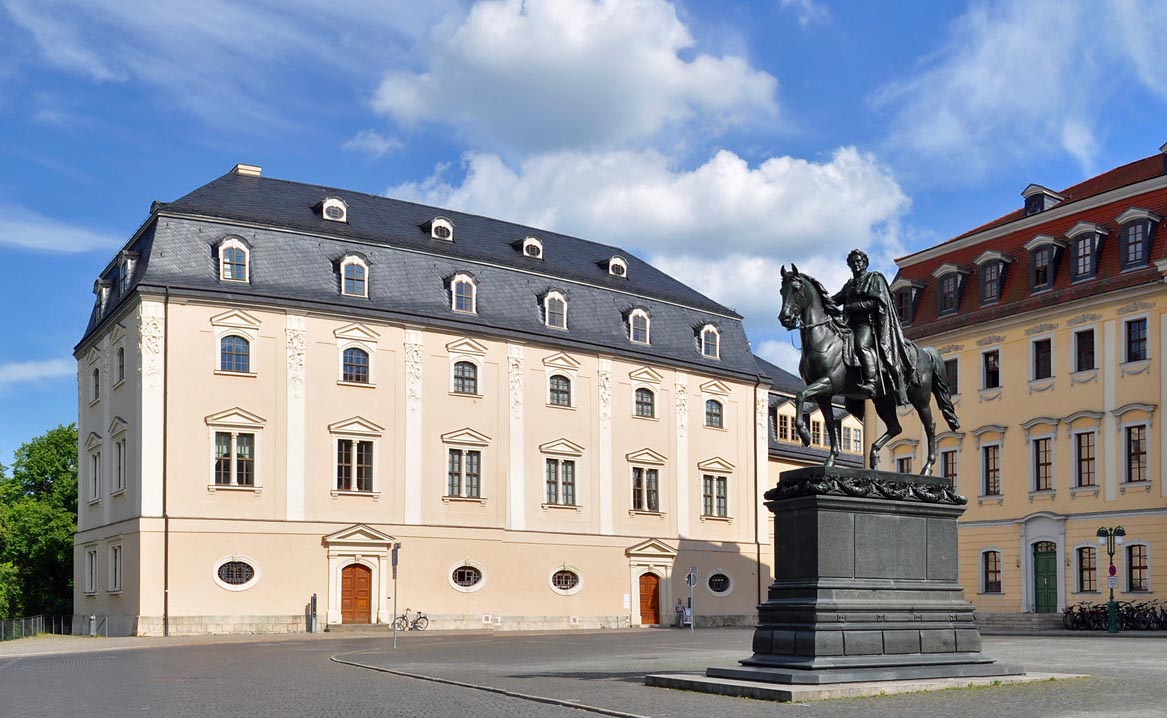
-
Rathaus
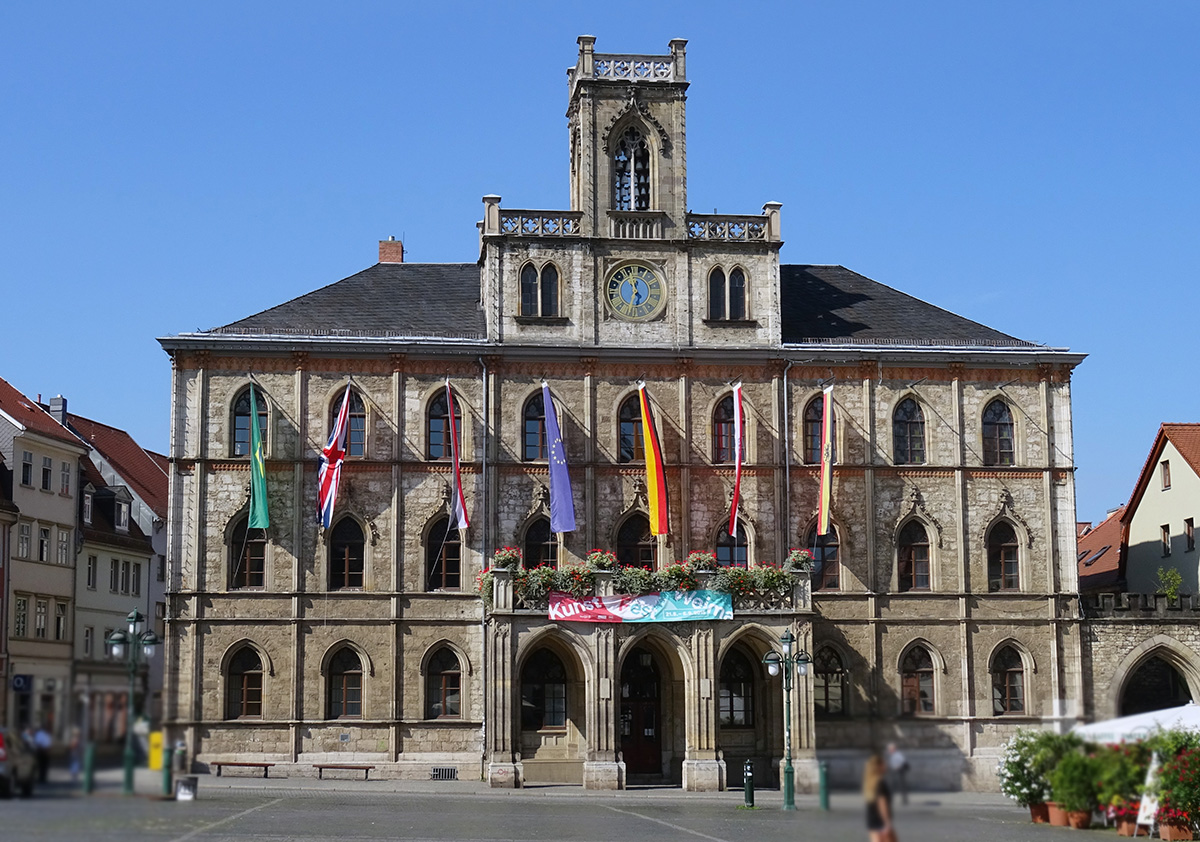
-
Reiterstandbild Carl August
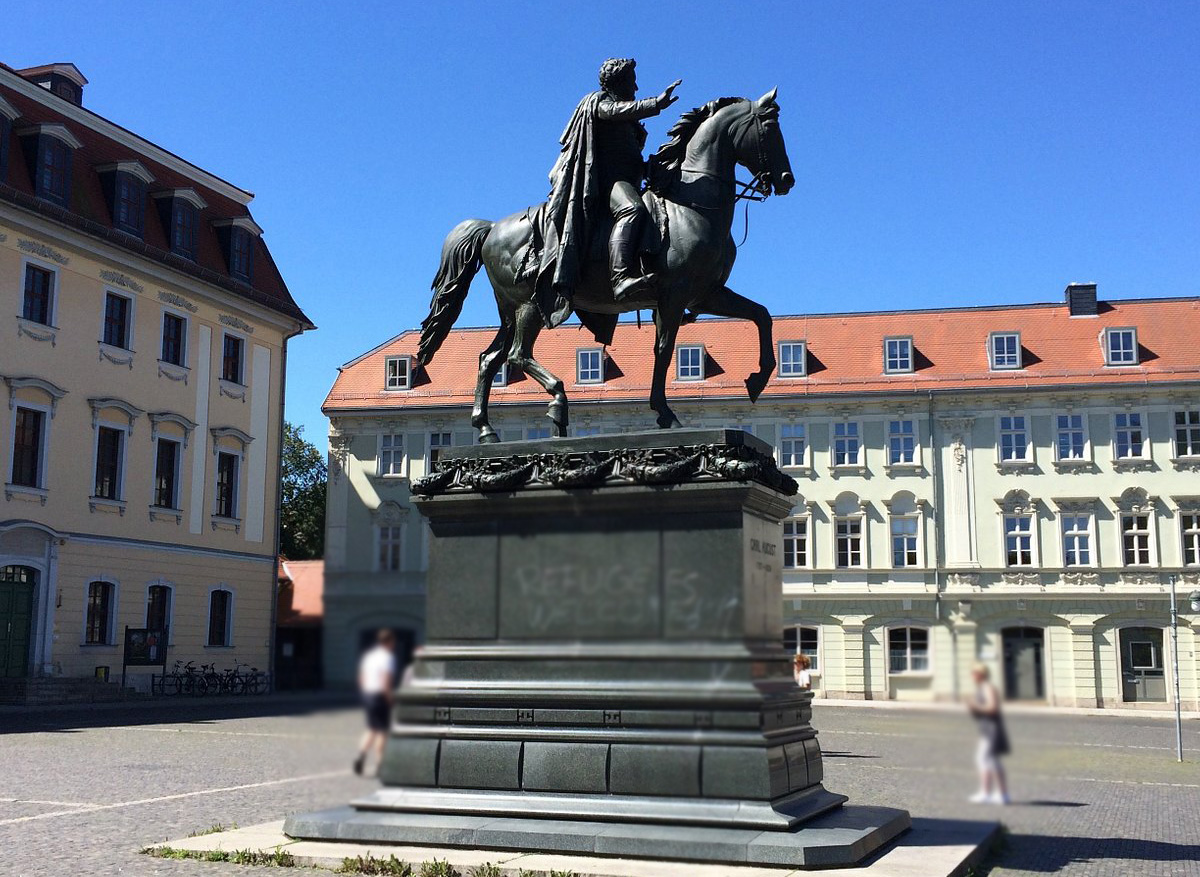
-
Römisches Haus (Carl August)

-
Schloss Belvedere
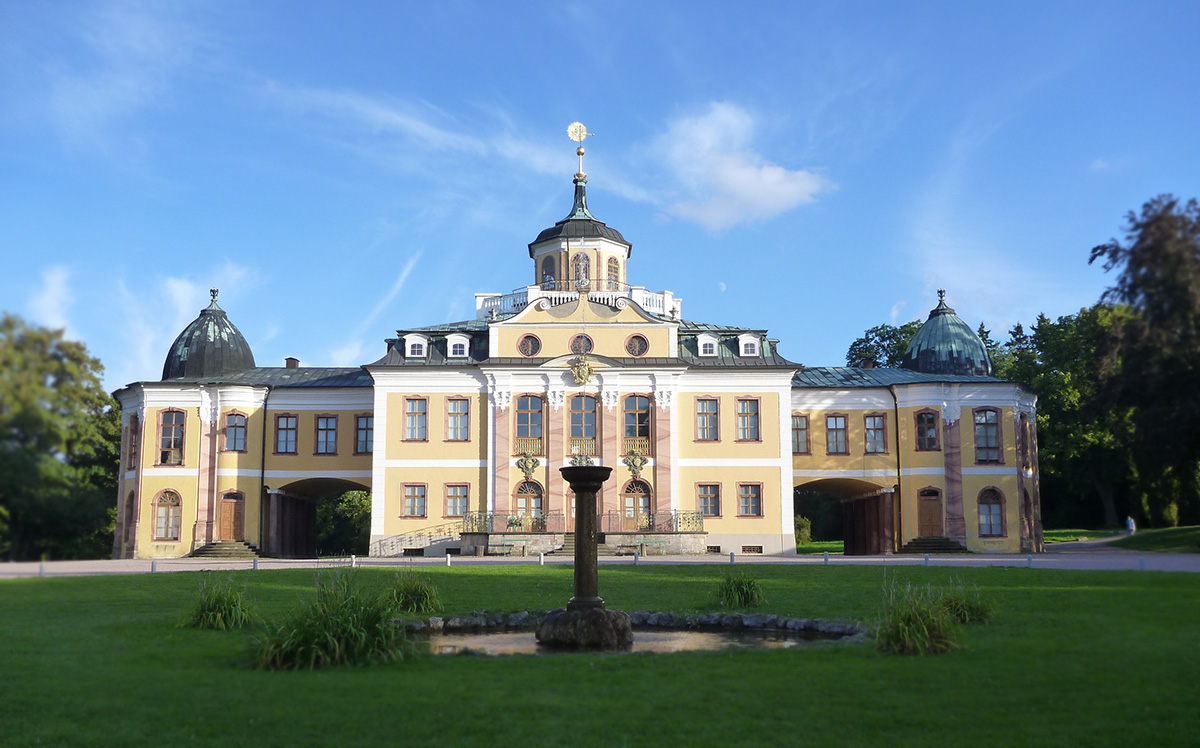
-
Stadtmuseum
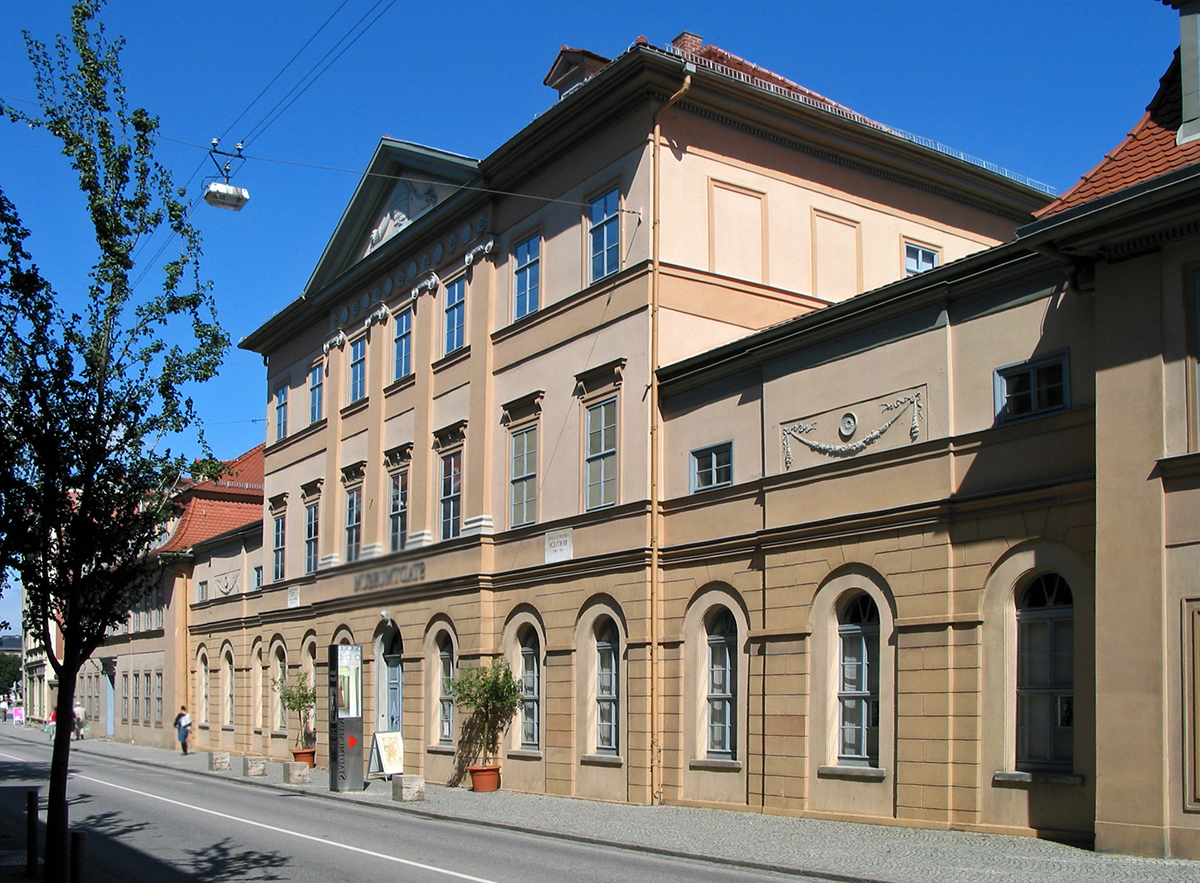
-
Stadtschloss
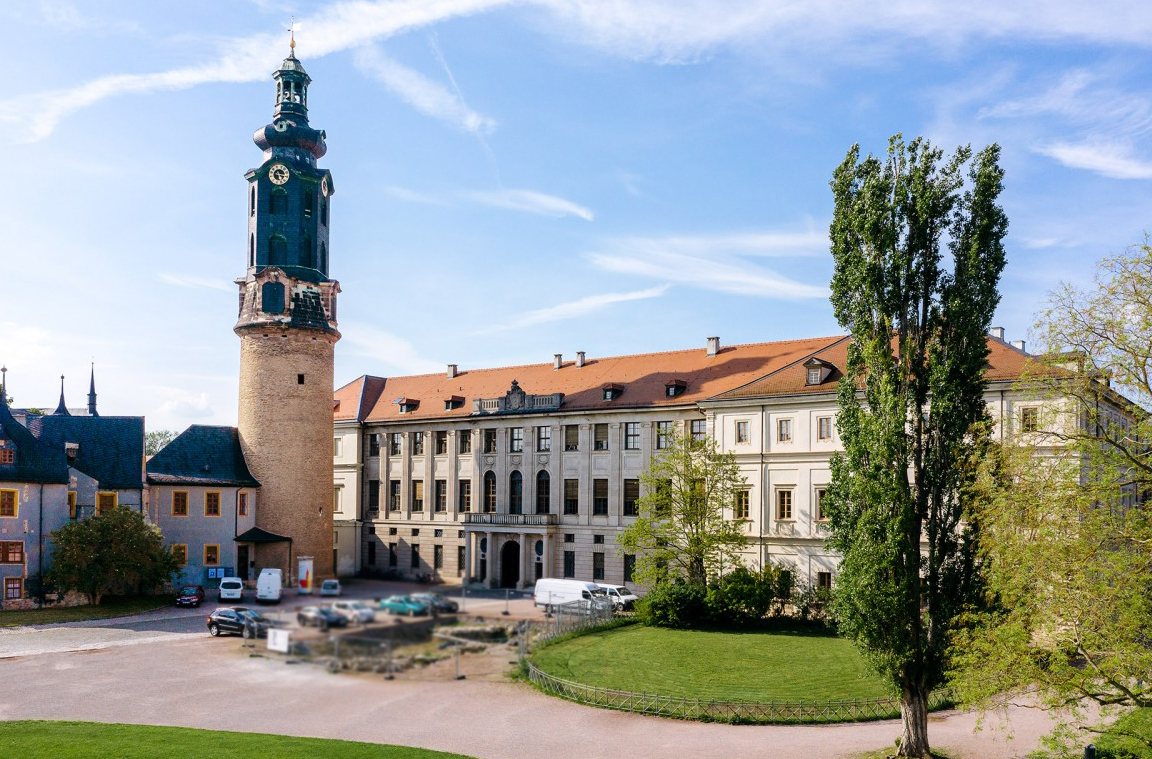
-
Standort Neues Bauhausmuseum
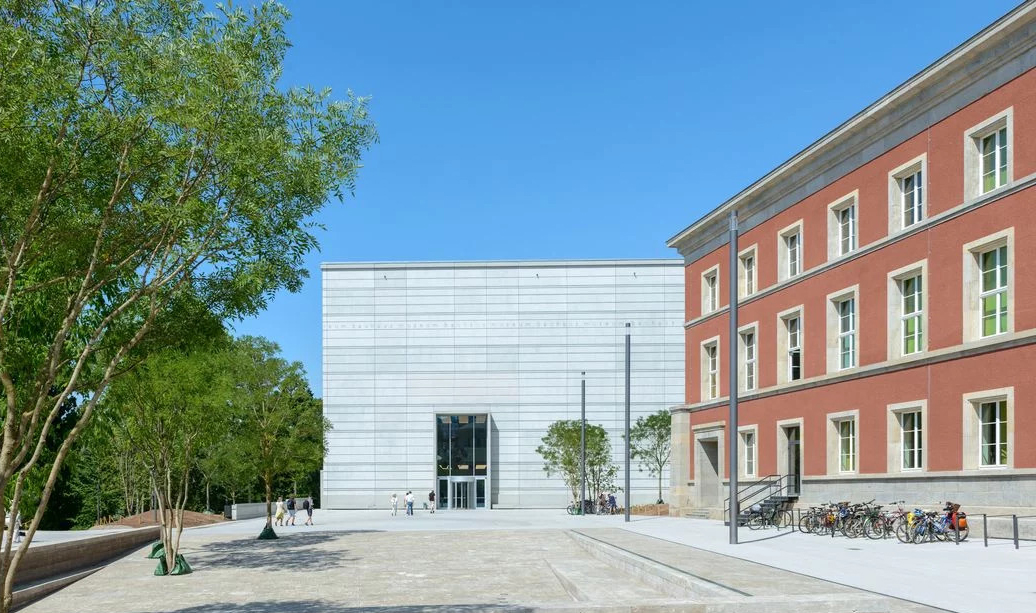
-
Villa Altenburg
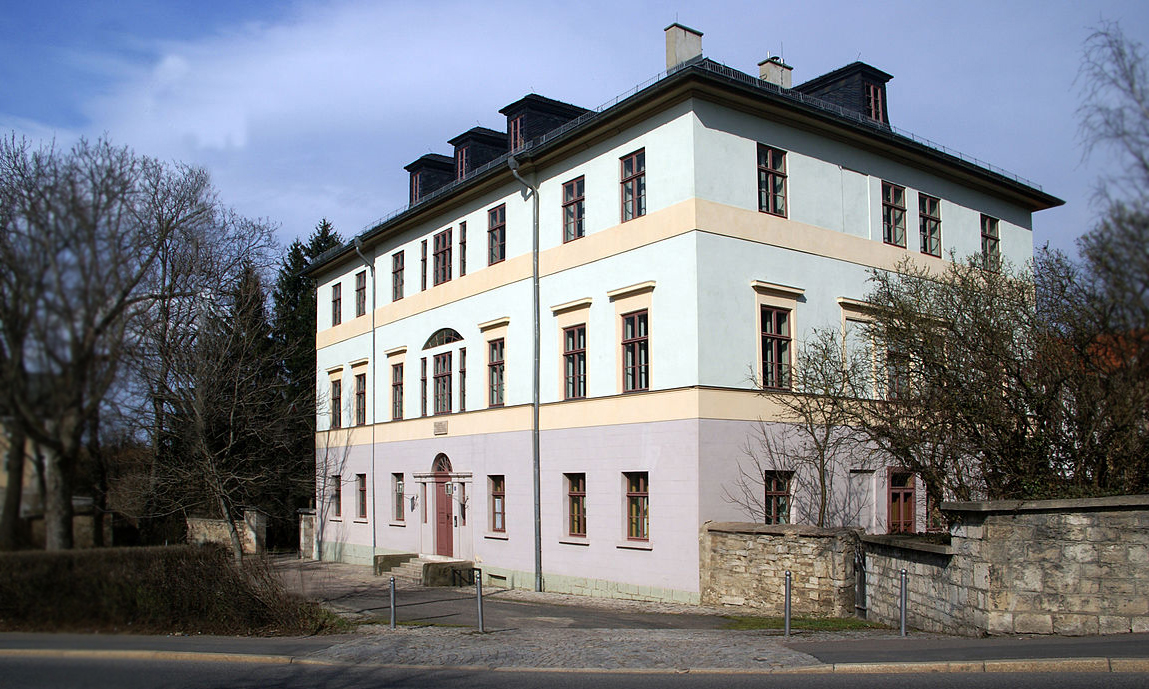
-
Welscher Garten
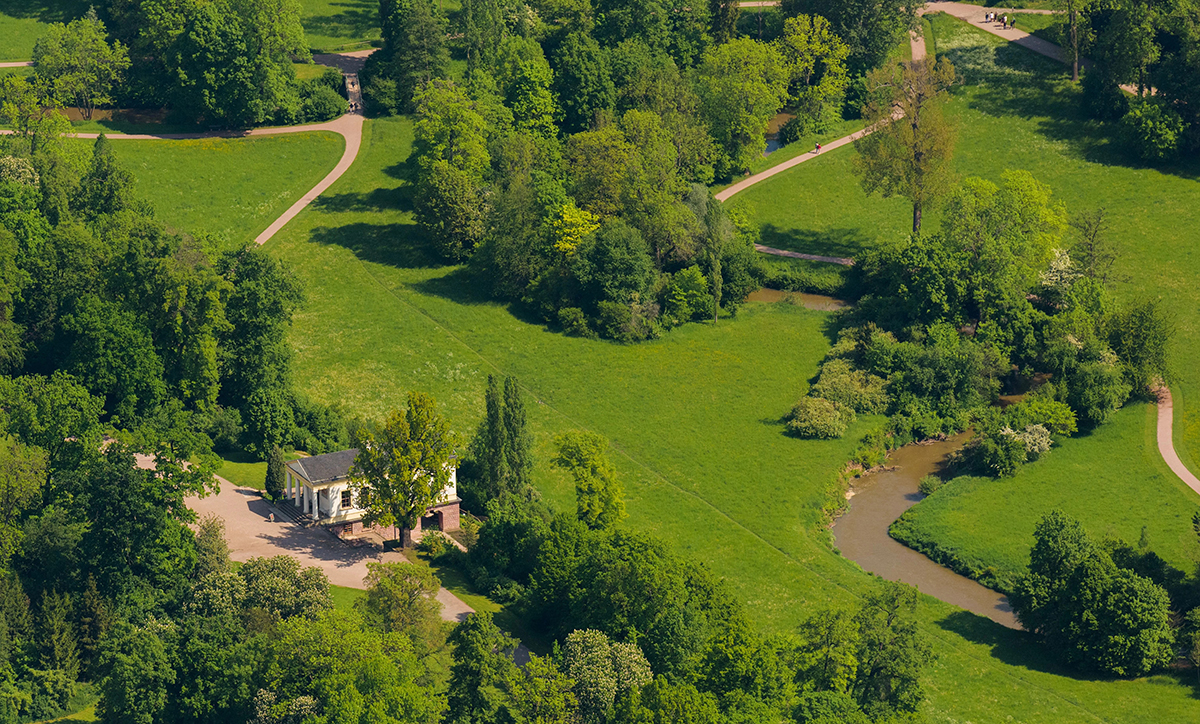
-
Wielanddenkmal
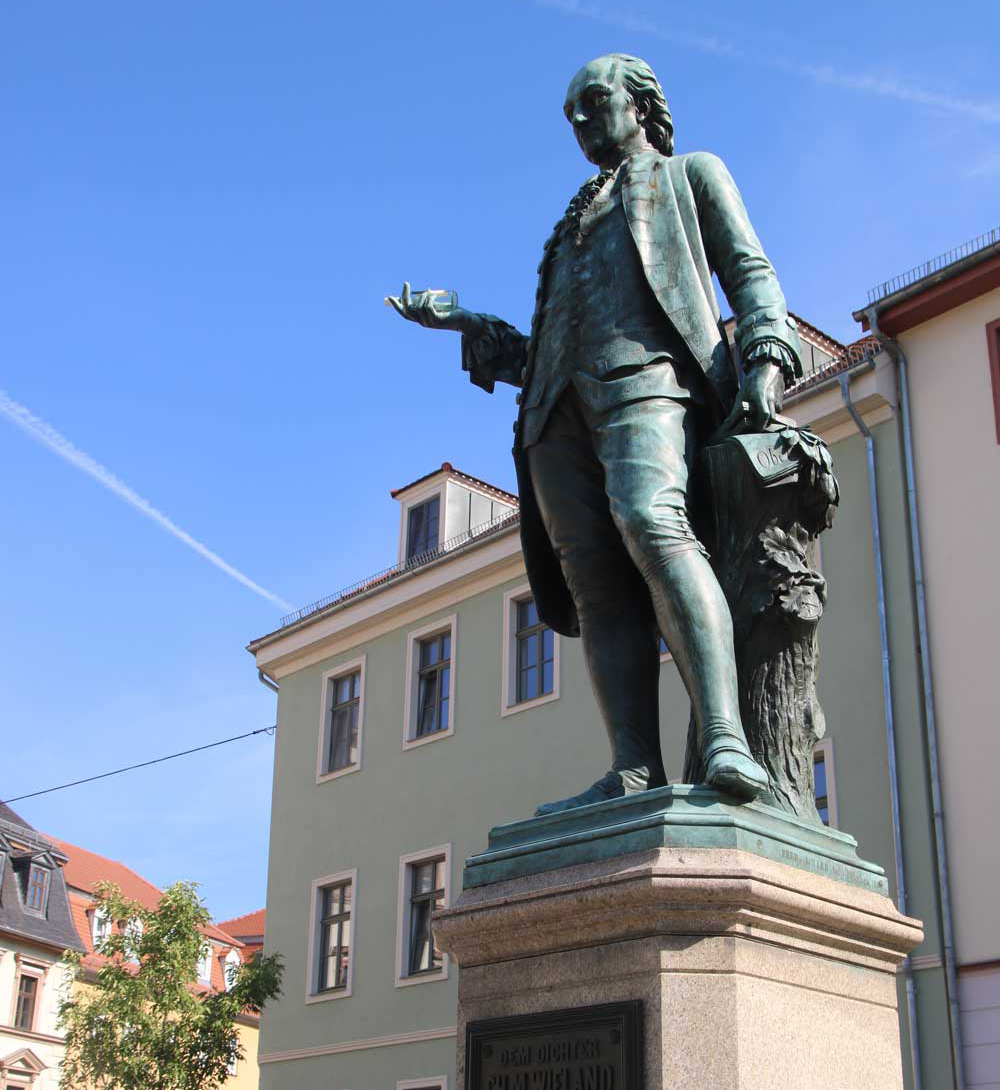
-
Wittumspalais

